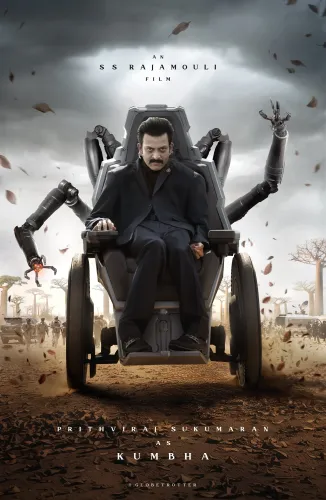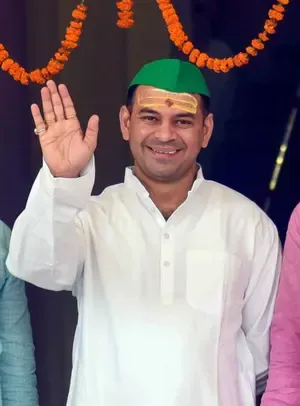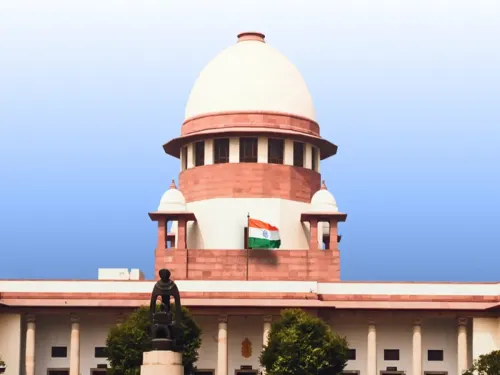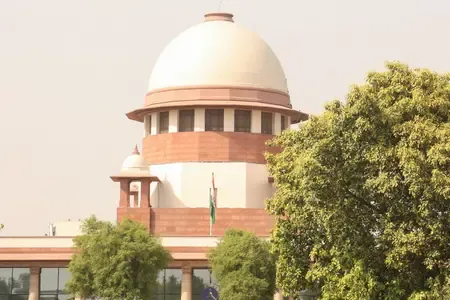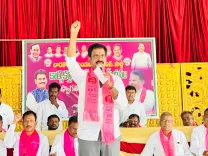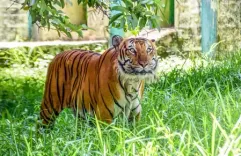What Fueled the Grit of Indian Soldiers in Kargil?
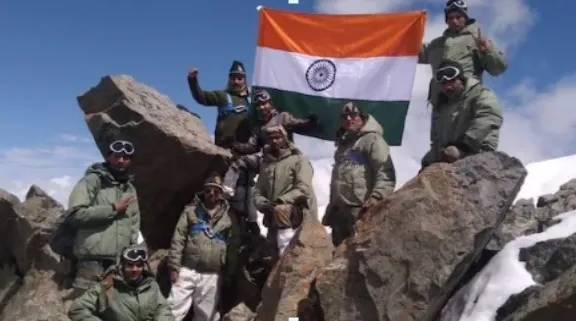
Synopsis
Key Takeaways
- Indian soldiers demonstrated extraordinary courage in the Kargil War, facing both hostile forces and extreme environmental challenges.
- Operation Vijay marked a significant moment in India's military history, showcasing strategic acumen and resilience.
- The spirit of camaraderie among Indian troops played a crucial role in their success.
- Many soldiers made the ultimate sacrifice, embodying true heroism and dedication to the nation.
- The Kargil War remains a powerful symbol of India's territorial integrity and national pride.
New Delhi, July 25 (NationPress) Twenty-six years ago, an audacious infiltration in the Kargil region shook the nation as armed intruders crossed the border and seized crucial high-altitude positions on India’s side of the Line of Control (LoC) in Jammu and Kashmir. Initially thought to be militants, these infiltrators were later revealed to be part of a meticulously orchestrated covert military operation—Operation Badr—conducted by the Pakistan Army.
The aim was to gain a strategic edge in the Kashmir region, disrupt India’s essential link to Siachen by isolating Indian troops, force their withdrawal, and ultimately facilitate the occupation of all of Kashmir. This incursion occurred just months after India and Pakistan had signed the historic Lahore Declaration, a bilateral agreement designed to ease tensions and resolve disputes through peaceful means and mutual respect for territorial sovereignty. Thus, the summer of 1999 marked Pakistan’s violation of this landmark accord and India’s decisive counteraction through the initiation of Operation Vijay.
The Kargil War of 1999 was the first conventional conflict involving two nuclear-armed nations. What sets this war apart is its execution at extreme altitudes, covering a 170-kilometre stretch of the Himalayan frontier, where Indian troops faced not only hostile forces but also severe environmental conditions. Operating in low-oxygen zones, Indian soldiers scaled steep, icy cliffs—ranging from 8,000 to 18,000 feet—under continuous enemy fire to dislodge adversaries and reclaim Indian territory. This conflict was, therefore, not just a battle against a hostile foe, entrenched in fortified bunkers with weapons ready, but also a struggle against the relentless forces of nature. Despite the enemy's tactical advantages, Indian soldiers displayed extraordinary resilience, selflessness, and tenacity, marking this military success as one of the most esteemed in the nation’s history.
Victory in warfare isn’t solely dictated by superior weaponry, and the Kargil conflict epitomizes this truth. Indian troops were, in fact, ill-equipped with the necessary mountaineering gear for navigating the steep, frozen slopes. Nevertheless, they showcased the ability to improvise, adapt, and conquer the challenges before them, owing to their extensive training in high-altitude combat. However, the defining factor in achieving this victory was the spirit of camaraderie, which elevated morale and inspired Indian soldiers to confront well-entrenched enemy positions. This hard-won success still resonates through the words “Yeh Dil Maange More,” radioed by Captain Vikram Batra of the 13 J&K Rifles after reclaiming Point 5140, the highest summit of Tololing. Captain Batra and his team then advanced to recapture Point 4875 in the Mushkoh Valley, significantly altering the momentum in India’s favour. It was in this setting that the young officer sacrificed his life while attempting to rescue a fellow soldier from enemy fire. Beyond strategic acumen, Captain Batra exemplified remarkable bravery and leadership at just 24 years old, for which he was posthumously awarded the Param Vir Chakra, the nation’s highest military honour.
Grenadier Yogendra Singh Yadav of the Ghatak platoon was just 19 years old when he endured at least 15 gunshot wounds from enemy fire while climbing the cliff face during the assault on Tiger Hill. Despite his critical injuries, Yadav continued to advance as the unit’s sole survivor, ultimately demolishing enemy bunkers with grenades and engaging in close-quarters combat to eliminate opposing soldiers, thereby clearing the path for his platoon to reclaim the strategic heights. As the youngest recipient of the Param Vir Chakra, Yogendra Singh Yadav narrates his remarkable act of courage with deep humility.
Others, such as Major Rajesh Singh Adhikari (18 Grenadiers), Major Vivek Gupta (2 Rajputana Rifles), and Naik Digendra Kumar (2 Rajputana Rifles), led their men along the Tololing Ridge, targeting enemy bunkers, neutralizing adversaries, and aiding troop advancement—often at the expense of their own lives. These accounts, among many others, portray valiant soldiers shielding comrades from constant enemy fire, neutralizing enemy positions before succumbing to fatal injuries, and enabling the Indian Army to reclaim national territory. Their collective sacrifice and indomitable spirit epitomize the unparalleled heroism of Operation Vijay.
The morale of the Indian Army garnered widespread public admiration alongside robust institutional support, distinctly contrasting with the approach taken by its adversary. Pakistan’s Operation Badr was reportedly conceived in secrecy by a select group of senior military generals, excluding the Nawaz Sharif-led civilian government from the planning process. This not only jeopardized Pakistan’s democratic structure but also exposed the entrenched influence of the country’s deep state. The covert nature of the operation and subsequent diplomatic isolation led to severe embarrassment for Pakistan’s civilian leadership, which initially denied the involvement of regular Pakistani troops in Kargil, portraying the infiltrators as 'mujahideen'. Even after confirming the identities of deceased Pakistani soldiers, the government refused to claim their bodies, leaving their families uninformed.
It was Indian soldiers who conducted the burials of many Pakistani troops with full military honours, accompanied by Muslim clerics performing rites according to Islamic customs. Notably, the body of Pakistani Captain Karnal Sher Khan was returned with a letter from Indian Brigadier M.P.S. Bajwa, praising Sher Khan’s valour and urging Pakistan to confer military recognition. Although delayed, Captain Sher Khan was posthumously awarded Pakistan’s highest military decoration—the Nishan-e-Haider. Twenty-five years later, the Pakistan Army officially acknowledged its involvement in the Kargil conflict, with former Prime Minister Nawaz Sharif publicly admitting the strategic blunder.
The Indian Army’s hoisting of the Tricolour atop Tiger Hill on July 4, 1999—overlooking National Highway 1D, the crucial lifeline of Ladakh—after its recapture from Pakistani forces, remains a profound symbol of national sovereignty, safeguarded by the unwavering dedication of Indian soldiers. It continues to represent territorial integrity, preserved through the courage and sacrifice of Indian troops. As the nation commemorates Kargil Vijay Diwas on July 26, it is a moment to honour those who laid down their lives in defence of every inch of our homeland, as well as those who continue to uphold the national flag with unwavering pride.

